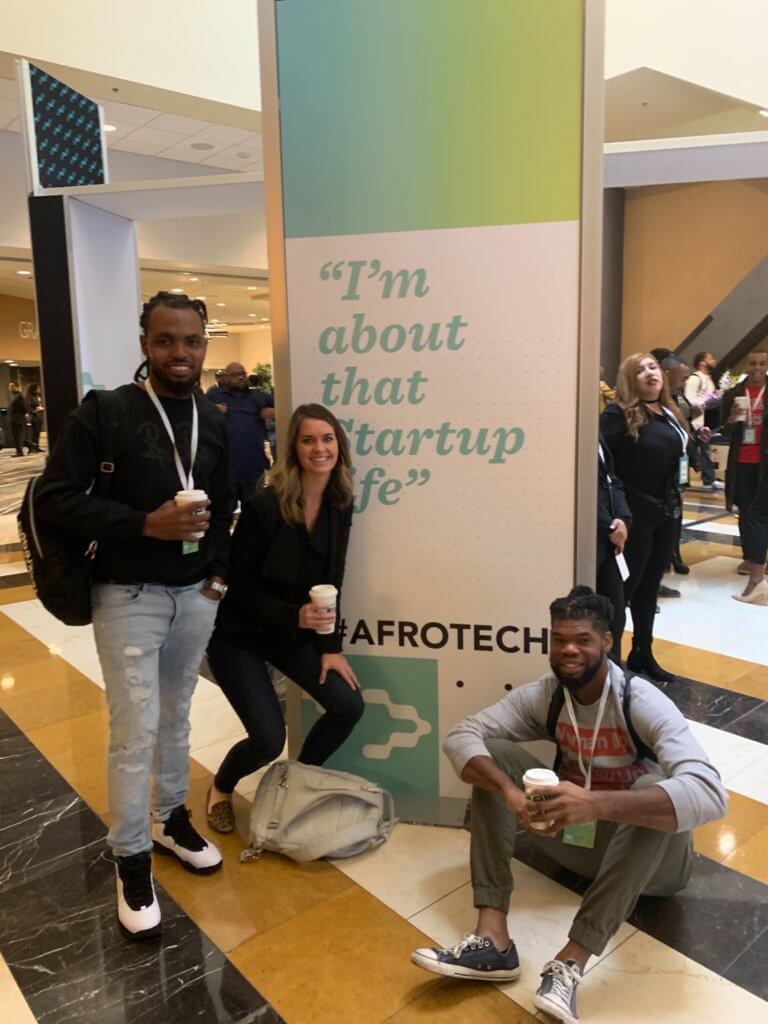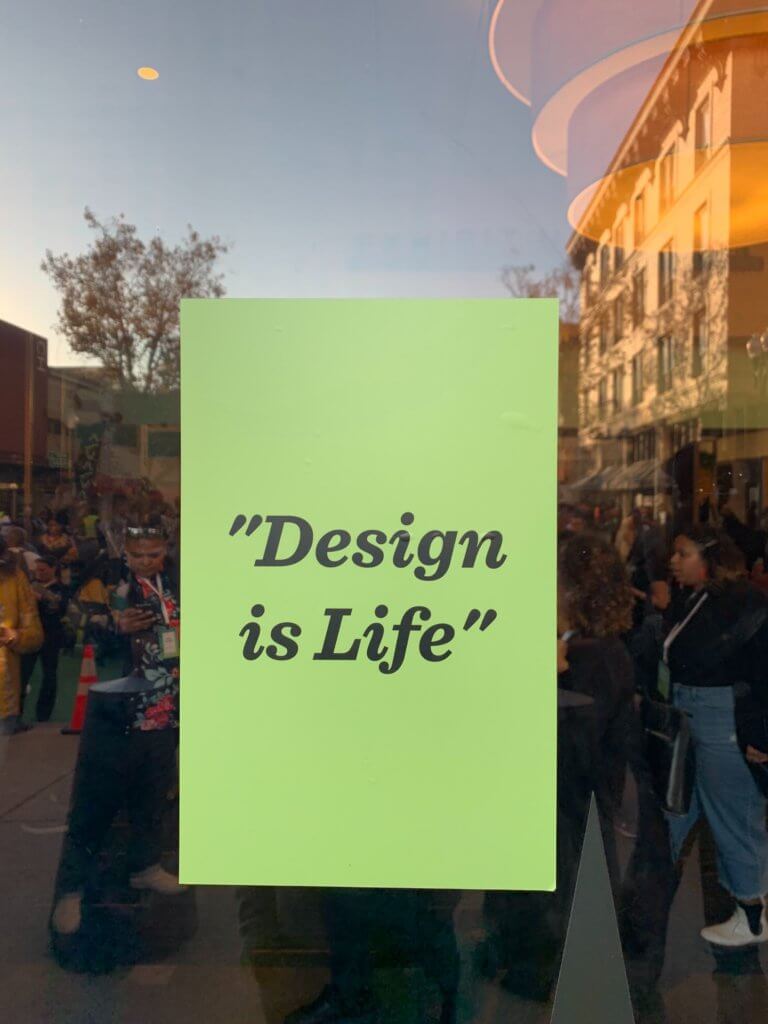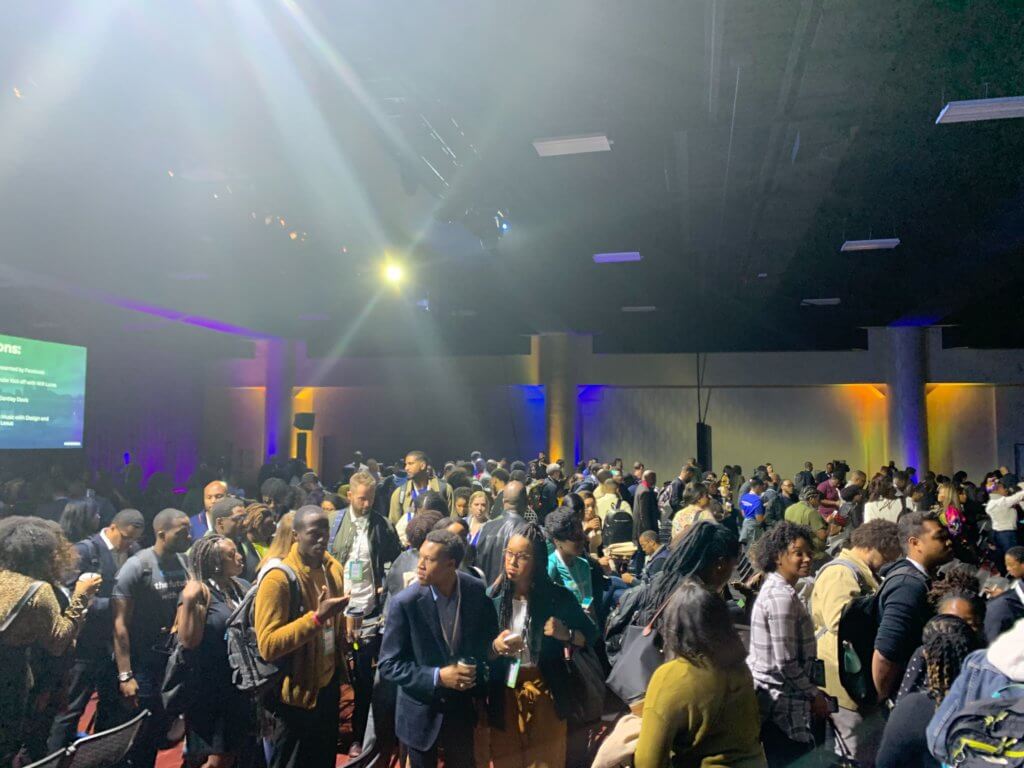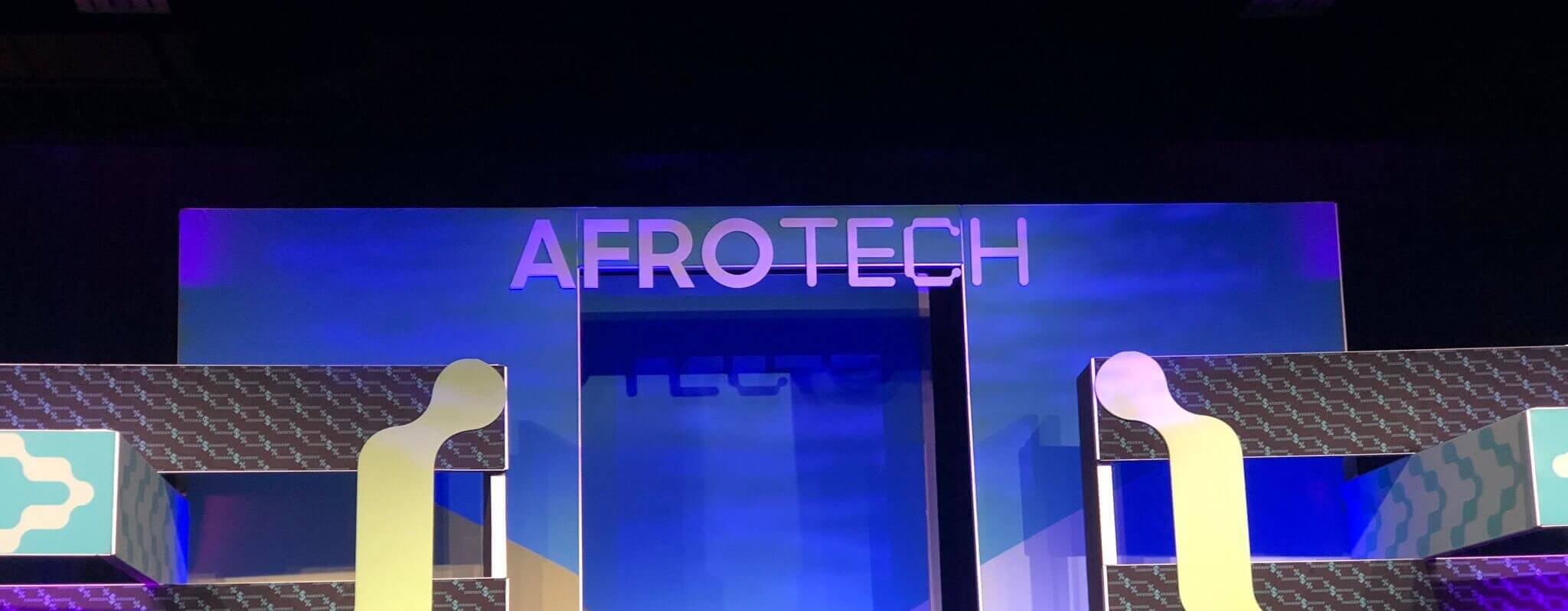Capacity sent three team members with vastly different backgrounds and job functions to AfroTech 2019. They recently shared their experiences with the rest of the team—delivering a presentation that was so powerful, we wanted to reiterate it here.
A conference about the experience of being black in tech.
The first AfroTech Conference was held in 2016 in San Francisco, CA, and had 650 people in attendance. Over three years, that number has exploded. The 2019 conference in Oakland, CA, had more than 10,000 black tech professionals in attendance. Here are 3 experiences out of 10,000.

AfroTech gave me an overwhelming sense of belonging.
Witnessing black tech professionals as the majority was a sight that Lordell Rush, Capacity’s product marketing manager, had never seen before. The sessions he attended featured topics that he could relate to and apply to his professional and personal growth. One of the biggest takeaways that Lordell received came from John Zimmer, the CEO of Lyft, “Diversity is not a nice-to-have, it’s actually a competitive advantage.”
Because people of all races have different experiences and thought processes, their input offers new and important perspectives that others may not consider. When an organization fails to add diversity to the mix, its products are more likely to miss the mark. This is because those making the decisions have similar ways of thinking—which leaves room for error and missed opportunities.
Still, welcoming diversity to the table isn’t enough. The idea of collaboration as a business need was Lordell’s second takeaway, which stemmed from a fireside chat from Charlemagne tha God.
If an individual or business is already working towards a goal that you would like to see met, it’s much easier to meet the common goal by collaborating rather than working from the ground up. Corporations, start-ups, and industry leaders can use this approach to invest in others. Not only does this appease both sides of the deal, but meaningful connections are built in the process.
“There’s value in partnering and building from somewhere instead of nowhere”
Lordell Rush
Product Marketing Manager
AfroTech made me believe my work is important.
The UX and UI sessions of AfroTech 2019 delivered crucial facts for designers to consider, for example, 53% of internet usage and 64% of e-commerce happens on a cellphone. However, Brian Thomas, Capacity’s art director, shared that his biggest takeaway was the exposure of black designers that he was never aware of before AfroTech.
“It’s hard to find black designers in the city that I live in, and it’s even harder to find famous black designers.”
Brian Thomas
Art Director
During the conference, Brian had the opportunity to uncover “black superheroes” that could have made him feel more comfortable entering a career in design. For the first time, Brian saw black historical figures in the design world, such as A. Boogert (known for his hand-painted guide that outlined more than 800 colors—300 years before Pantone Color Books were created) and W.E.B Du Bois (for creating colorful charts, graphs, and map that we know call infographics).
The aspiring youth needs to see minorities in professional titles because, without it, they might not think it’s a possibility. “Many black people haven’t considered a career in design, because they didn’t see it as an option,” said Brian.
While there aren’t many well-known black designers, those with a platform create meaningful work for brands that have welcomed them.
- Jason Murphy, a designer for Nike, was in the room during the initial conversations about the now-famous Colin Kaepernick campaign. Because Jason was present, he was able to push the initiative of the campaign. Since going public, that ad has made Nike $6 billion and increased its stock value over 16%.
- Eddie Opara created the interface for the Samsung Galaxy and joined Pentagram’s New York office as a partner.
It also comes off blatantly clear when black designers or perspectives aren’t in the room. Consider the past incidents with Fendi, Gucci, and Louis Vuitton. The moral of the story is, “Black designers need to be at the table,” said Brian. “We are important.”

AfroTech immediately welcomed me into the conversation.
During AfroTech, Kate Bell, Capacity’s talent acquisition specialist, was welcomed into conversations revolving black tax, different dialects, what it’s like to be an office’s sole representation for their entire race, mentorship, codeswitching, and more. “I learned that these conversations are just a part of living and working as a black man or woman in tech,” said Kate.
In addition to experiencing a different perspective of the tech industry, she also noticed cultural differences throughout the conference. One example includes the way AfroTech welcomed attendees. On the first day of the conference, there was an all-inclusive swag surf instead of the typical conference’s opening remarks.
These interactions and observations opened her eyes to a common fault in the welcome wagon that many companies offer to all of their employees. Companies everywhere have normalized the idea of making work feel like “home” by offering an environment that is only comfortable for the majority. However, Kate’s experiences at AfroTech led her to the realization that “home” looks very different in the eyes of different people.

Throughout AfroTech 2019, Kate sat in on conversations where she heard ideas that she normally doesn’t get to hear. A lot of the conversations she heard boiled down to one thing:
If you want to build a multi-dimensional product, you need a multi-dimensional team to build it. Companies across industries can experience benefits by welcoming diversity and the insight that comes along with it:
- Decisions made and executed by diverse teams deliver 60% better results.
- Companies that follow an inclusive process make decisions 2x faster with half the meetings.
“Diversity is not a nice-to-have, it’s actually a competitive advantage.”
John Zimmer
CEO of Lyft








































